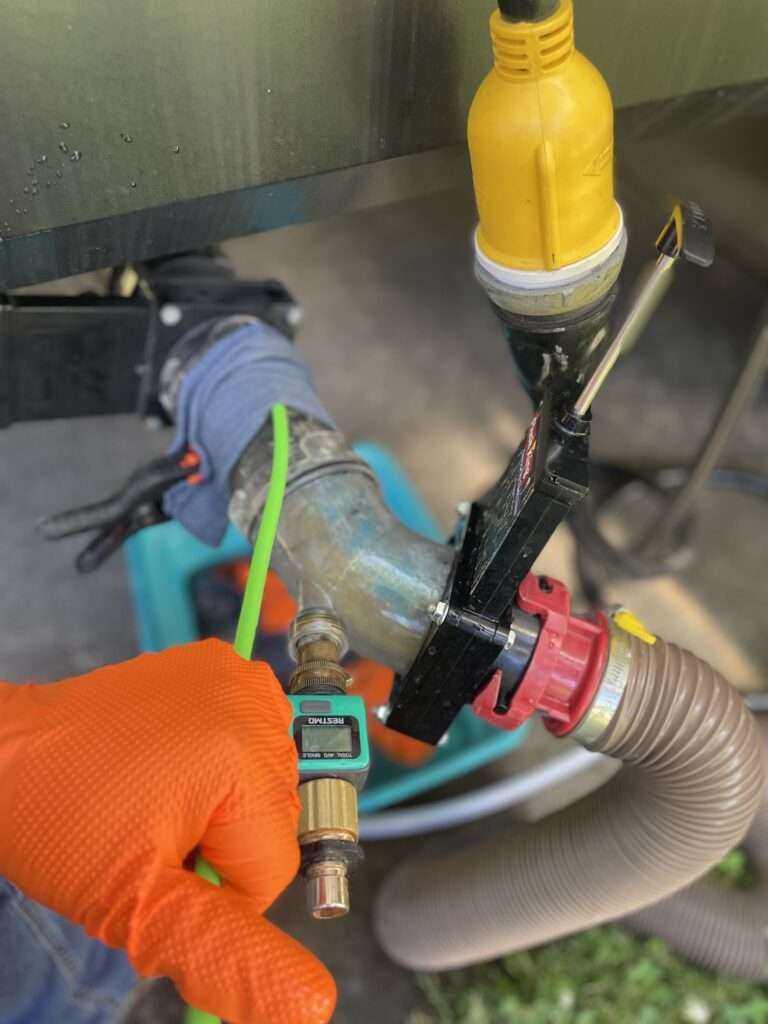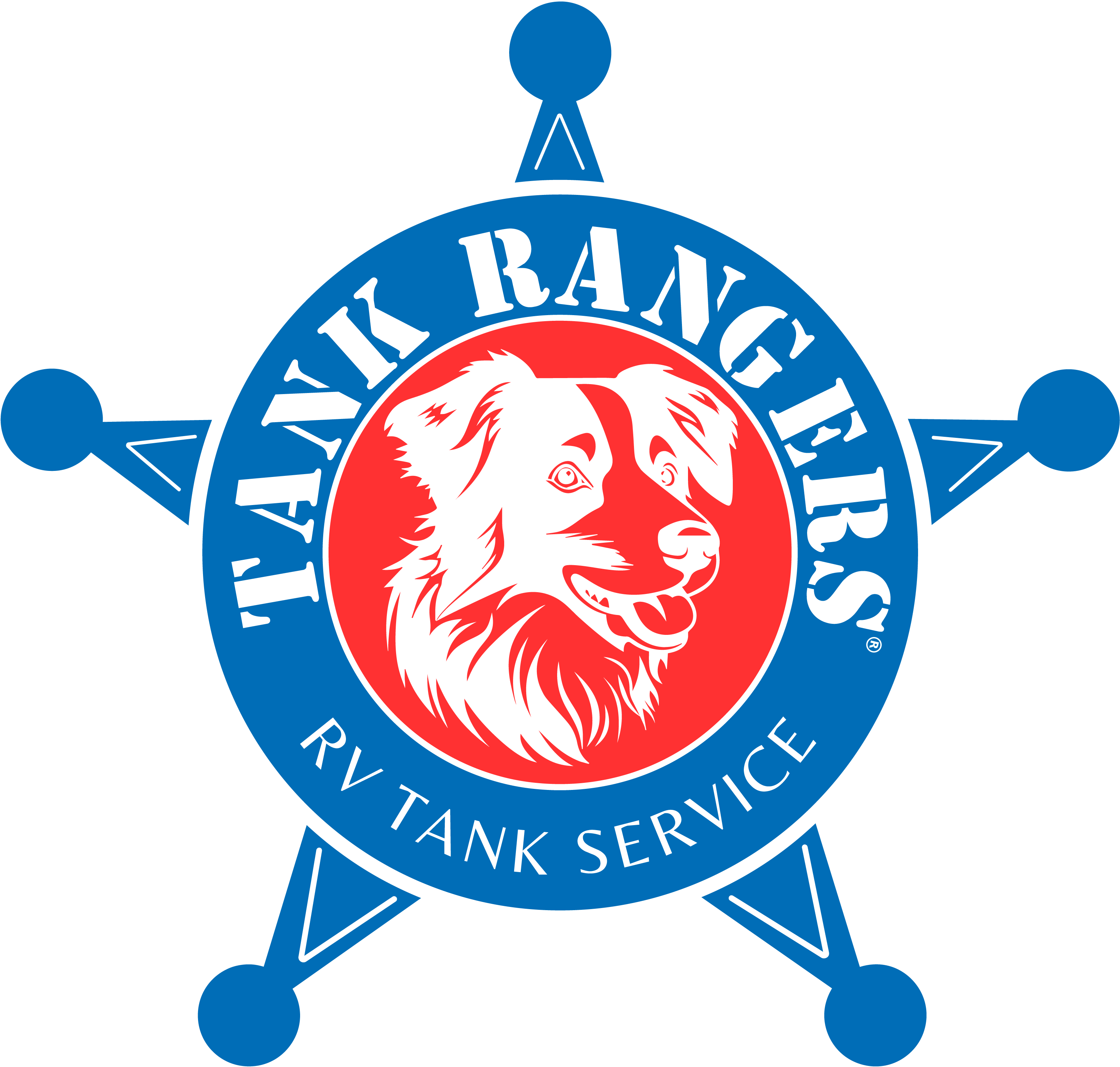The Hidden Dangers of Winter Build-Up: Why Your RV Tanks Need a Fresh Start
Winter can be tough on your RV, but while you’re focused on maintaining your exterior, plumbing, and appliances, your holding tanks may be silently accumulating hidden dangers. If your black and gray tanks weren’t thoroughly cleaned before winter storage, you could be dealing with harmful bacteria, waste buildup, and lingering odors that can cause serious problems when you hit the road again.
1. Waste Buildup & Hardening in Cold Temperatures
Even if you drained your black and gray tanks before winter, small amounts of residual waste often remain. Over time, these residues harden and cling to the tank walls, especially in cold weather, making them more difficult to remove with regular flushing. In some cases, solidified waste can create stubborn clogs that block proper drainage when you start using your RV again.
2. Bacteria Growth & Unpleasant Odors
Many people assume that freezing temperatures prevent bacteria from growing, but that’s not entirely true. Some bacteria can survive and become active again when temperatures rise—leading to strong, unpleasant odors as soon as you start using your tanks in the spring. Mold and mildew can also develop in moist, enclosed spaces, particularly in gray tanks where food particles, grease, and soap scum create the perfect environment for microbial growth.
3. Sensor Malfunctions Due to Residue Build-Up
RV tank sensors are notorious for giving false readings, and one of the biggest culprits is waste buildup from improper cleaning. During winter, leftover waste dries out and sticks to the sensor probes, leading to inaccurate readings. If you’re seeing a “full” reading on an empty tank, it’s likely due to residue interfering with the sensors.
4. Lingering Sewer Gas in Your RV
If your RV has a persistent sewage smell when you open it up in the spring, trapped sewer gases could be the reason. Black and gray tanks contain methane and hydrogen sulfide, which can seep into your RV’s living space if seals dry out or venting systems are obstructed. This not only creates an unpleasant environment but can also be a health hazard if not addressed properly.
5. Potential for Clogs & Valve Issues
Over time, built-up waste and grease can lead to thicker sludge at the bottom of your black and gray tanks. If left unchecked, this sludge can harden, leading to blockages in your tank and sewer hoses. Additionally, valve seals can dry out and crack in cold weather, leading to potential leaks or difficulty opening and closing your tank valves when you de-winterize.

How to Prevent These Issues & Give Your Tanks a Fresh Start
To avoid these hidden dangers, a deep spring cleaning of your tanks is essential before you start using your RV again. Here’s how:
Flush your tanks thoroughly using a Valterra Reverse Flush King and have a professional tank cleaning service like Tank Rangers remove hardened waste and bacteria.
Use an enzyme-based or bioactive tank treatment like Liquified to break down organic matter and prevent future buildup.
Inspect tank valves and sensors to ensure they are working properly.
Sanitize your freshwater system to eliminate bacteria and ensure clean drinking water.
Check and replace vent seals if needed to prevent sewer gas leaks.
Starting the season with fresh, odor-free tanks will make your RV adventures much more enjoyable! Whether you DIY or schedule a professional RV tank cleaning, don’t overlook this important step in your spring RV maintenance routine.
Starting the season with fresh, odor-free tanks will make your RV adventures much more enjoyable! Whether you DIY or schedule a professional RV tank cleaning, don’t overlook this important step in your spring RV maintenance routine.

